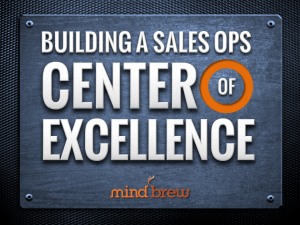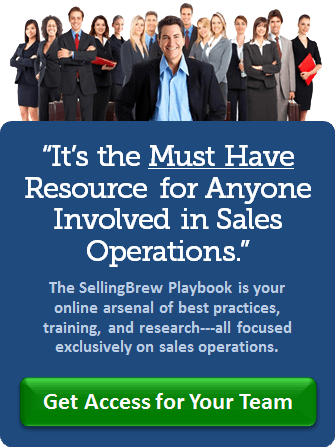Everyone who works in sales or marketing knows that it’s cheaper to retain an existing customer than to attract a new one. In fact, a study found that more than 80 percent of companies agree it is less expensive to keep the customers they have than to go out and find new ones.
Not only is retention cheaper than acquisition, it also carries the potential to have a much bigger impact on your bottom line. One oft-quoted study has found that a 5 percent increase in retention can boost profits anywhere from 25 percent to 95 percent.
Despite these well-known facts, survey after survey finds that sales leaders are more focused on customer acquisition than on customer retention.
Getting new customers is kind of like buying a shiny new car. Sure, it’s more expensive than keeping the perfectly good old car running, but it’s NEW! It’s exciting! And we just really like it!
Now don’t worry—we’re not going to give you a hard time if you’ve recently purchased a brand new car. However, we are going to tell you that if you’re in B2B sales, you simply cannot afford to ignore customer retention.
B2B markets have four key features that set them apart from B2C markets when it comes to customer retention:
1. You have a limited market for your products and services. If you’re selling a B2B product, there just aren’t as many people who want to buy what you have to sell. We’ve seen some product segments where the total addressable market is just 100 companies. In these sorts of markets, if you lose one customer, it’s really hard to find another customer to replace it.
2. Deals tend to be worth more money. Now, it isn’t true in all cases (so don’t send us hate mail if you sell paper clips), but most B2B products have a higher price tag than consumer products. That means that each customer likely represents a fairly high percentage of your total revenues. In some parts of the technology industry, for example, a single deal might be worth millions. If you lose one of those customers, that’s going to have a significant impact on your bottom line.
3. Deals take a long time to close. No one buys a $100,000 piece of factory equipment on impulse. B2B salespeople are telling us that these days there are more people involved in the buying process than ever before, and getting deals to close takes a significant investment in terms of time and resources. New customers are becoming more expensive, and losing customers represents a larger loss in terms of the effort that went into landing those deals in the first place.
4. Few new customers are entering the market. Again, there are some exceptions here, but in many industries new companies aren’t born every day. In fact, in some markets, you may have only one or two new entrants into a market in an entire year. So if you want to grow your business, you’re going to have to expand your wallet share with your existing customers.
While it might be more fun to chase after shiny new customers, you’re going to have to invest some time and money in customer retention if your B2B firm is going to survive and thrive. To help you out, we have a couple of resources on the topic. The webinar How to Retain Your Key Customers highlights the different types of customer defection you might experience and offers seven strategies for improving retention rates. And the webinar Generating More Sales from Existing Customers exposes what industry-leading companies are doing to expand their share of wallet and drive organic growth. These resources can help you get back on track when it comes to keeping and growing your existing customers.












